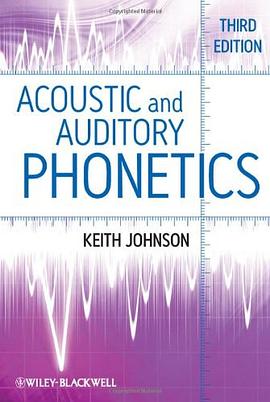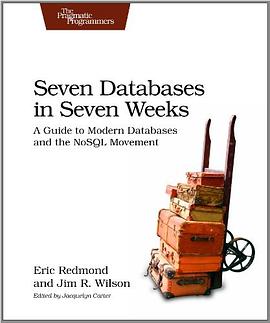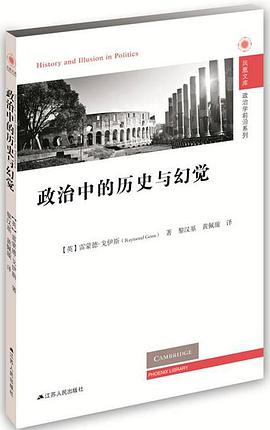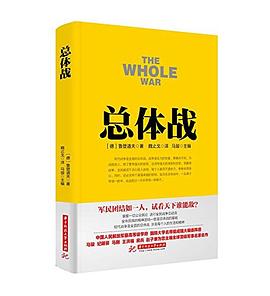Acoustic and Auditory Phonetics
内容简介
Fully revised and expanded, the third edition of Acoustic and Auditory Phonetics maintains a balance of accessibility and scholarly rigor to provide students with a complete introduction to the physics of speech. Newly updated to reflect the latest advances in the field Features a balanced and student-friendly approach to speech, with engaging side-bars on related topics Includes suggested readings and exercises designed to review and expand upon the material in each chapter, complete with selected answers Presents a new chapter on speech perception that addresses theoretical issues and well as practical concerns
......(更多)
作者简介
......(更多)
目录
Acknowledgments.
Introduction.
Part I Fundamentals.
1 Basic Acoustics and Acoustic Filters.
1.1 The Sensation of Sound.
1.2 The Propagation of Sound.
1.3 Types of Sounds.
1.3.1 Simple periodic waves.
1.3.2 Complex periodic waves.
1.3.3 Aperiodic waves.
1.4 Acoustic Filters.
Recommended Reading.
Exercises.
2 The Acoustic Theory of Speech Production: Deriving Schwa.
2.1 Voicing.
2.2 Voicing Quanta.
2.3 Vocal Tract Filtering.
2.4 Pendulums, Standing Waves, and Vowel Formants.
2.5 Discovering Nodes and Antinodes in an Acoustic Tube.
Recommended Reading.
Exercises.
3 Digital Signal Processing.
3.1 Continuous versus Discrete Signals.
3.2 Analog-to-Digital Conversion.
3.2.1 Sampling.
3.2.2 Quantization.
3.3 Signal Analysis Methods.
3.3.1 RMS amplitude.
3.3.2 Fast Fourier transform (FFT).
3.3.3 Auto-correlation pitch tracking.
3.3.4 Digital filters.
3.3.5 Linear predictive coding (LPC).
3.3.6 Spectra and spectrograms.
Recommended Reading.
Exercises.
4 Basic Audition.
4.1 Anatomy of the Peripheral Auditory System.
4.2 The Auditory Sensation of Loudness.
4.3 Frequency Response of the Auditory System.
4.4 Saturation and Masking.
4.5 Auditory Representations.
Rcommended Reading.
Exercises.
5 Speech Perception.
5.1 Auditory Ability Shapes Speech Perception.
5.2 Phonetic Knowledge Shapes Speech Perception.
5.2.1 Categorical perception.
5.2.2 Phonetic coherence.
5.3 Linguistic Knowledge Shapes Speech Perception.
5.4 Perceptual Similarity.
5.4.1 Maps from distances.
5.4.2 The perceptual map of fricatives.
Recommended Reading.
Exercises.
Part II Speech Analysis.
6 Vowels.
6.1 Tube Models of Vowel Production.
6.2 Perturbation Theory.
6.3 “Preferred” Vowels – Quantal Theory and Adaptive Dispersion.
6.4 Vowel Formants and the Acoustic Vowel Space.
6.5 Auditory and Acoustic Representations of Vowels.
6.6 Cross-linguistic Vowel Perception.
Recommended Reading.
Exercises.
7 Fricatives.
7.1 Turbulence.
7.2 Place of Articulation in Fricatives.
7.3 Quantal Theory and Fricatives.
7.4 Fricative Auditory Spectra.
7.5 Dimensions of Fricative Perception.
Recommended Reading.
Exercises.
8 Stops and Affricates.
8.1 Source Functions For Stops and Affricates.
8.1.1 Phonation types.
8.1.2 Sound sources in stops and affricates.
8.2 Vocal Tract Filter Functions in Stops.
8.3 Affricates.
8.4 Auditory Properties of Stops.
8.5 Stop Perception in Different Vowel Contexts.
Recommended Reading.
Exercises.
9 Nasals and Laterals.
9.1 Bandwidth.
9.2 Nasal Stops.
9.3 Laterals.
9.4 Nasalization.
9.5 Nasal Consonant Perception.
Recommended Reading.
Exercises.
References.
Answers to Selected Short-answer Questions.
Index.
......(更多)
读书文摘
When I bring up anti-formants in a class, someone always asks me if this is like anti-matter.
......(更多)






